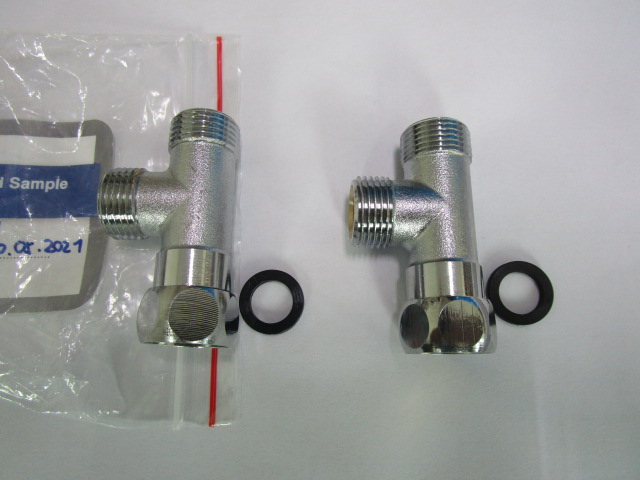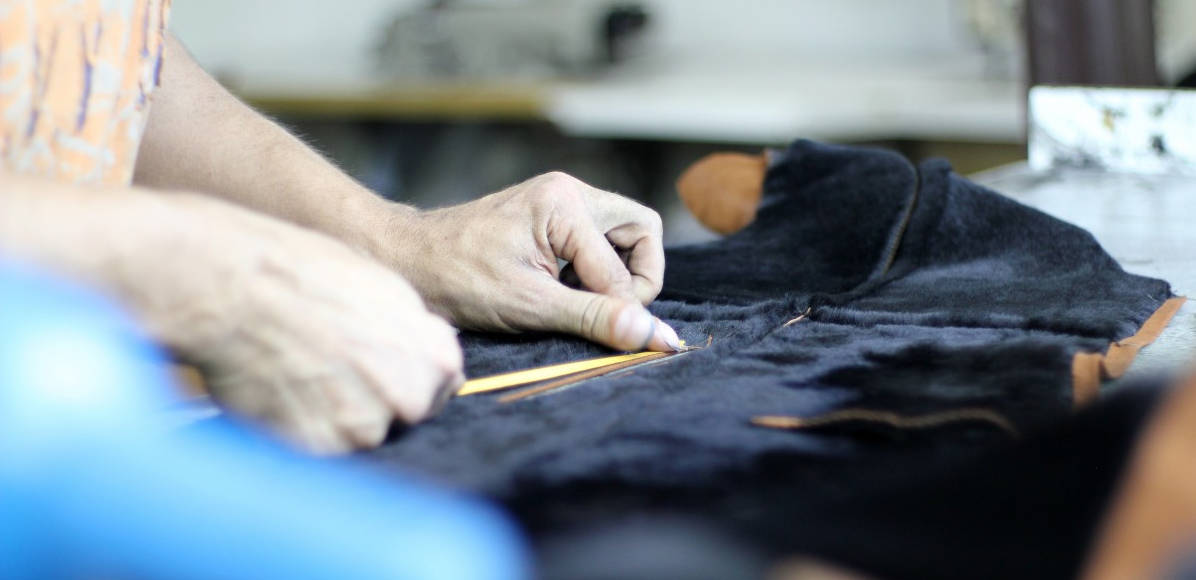
In an era where the authenticity of products is paramount, the fight against counterfeiting has become a critical concern for both consumers and brands. The advent of technology has introduced sophisticated methods like two-dimensional (2D) code anti-counterfeiting labels to safeguard products, yet the ingenuity of counterfeiters keeps challenging these security measures. This article explores the effectiveness of product security codes, particularly 2D anti-counterfeiting labels, and offers insights into the strategies for enhancing their reliability and preventing forgery.
Contents
Understanding the Complexity of Counterfeiting
The notion that 2D code anti-counterfeiting labels are infallible is optimistic yet not entirely accurate. Analogous to how banknotes, despite employing high-security technologies, are still susceptible to counterfeiting, 2D codes also face the risk of forgery. Counterfeiters have the capability to replicate these codes to a deceptive degree of similarity. However, the real challenge for them lies not in the physical imitation but in cracking the underlying security system, which remains a formidable barrier.
The Achilles’ Heel: System Vulnerability
A significant vulnerability exists in the way consumers verify the authenticity of their products. The process typically involves revealing a digital security code beneath a scratch-off coating, scanning a QR code, and entering the security code on a verification page. Counterfeiters exploit this by creating fake QR codes and passwords, leading unsuspecting consumers to imitation verification pages that falsely confirm the product’s authenticity.
Strategies to Combat Counterfeiting
- Multi-Number Query Method: To combat the issue of counterfeit verification interfaces, businesses are encouraged to adopt a multi-number query system. This approach complicates the counterfeiter’s task of replicating a genuine verification process, thus providing an additional layer of security.
- Staying Ahead with Technology: The perpetual cat-and-mouse game between anti-counterfeiting measures and counterfeiters necessitates continuous innovation in security technologies. Companies must regularly update their anti-counterfeiting strategies to make counterfeiting unprofitable and, thereby, less appealing.
- Public Number Verification: One effective solution to counterfeit verification systems is the use of public number verification. This method ensures that even if counterfeiters mimic the verification process, they cannot replicate the unique public number assigned to genuine products.
- Enhanced Internal Security Measures: Companies must also safeguard against internal threats, such as employees stealing anti-counterfeiting labels. Implementing a stringent management system that matches production quantities with the number of anti-counterfeiting labels and establishing accountable personnel can mitigate this risk.
- Educating Consumers: Empowering consumers with the knowledge and tools to verify the authenticity of their purchases is crucial. When consumers are informed and vigilant, the success rate of counterfeiting diminishes.
Conclusion
While it’s unrealistic to claim that product security codes and anti-counterfeiting labels are completely unforgeable, the combination of advanced security technologies, vigilant company policies, and informed consumers creates a formidable defense against counterfeiting. As counterfeiters evolve, so too must the strategies to thwart them, ensuring the integrity of brands and the safety of consumers in the marketplace. This ongoing battle demands innovation, education, and collaboration to protect against the ever-present threat of counterfeit products.




